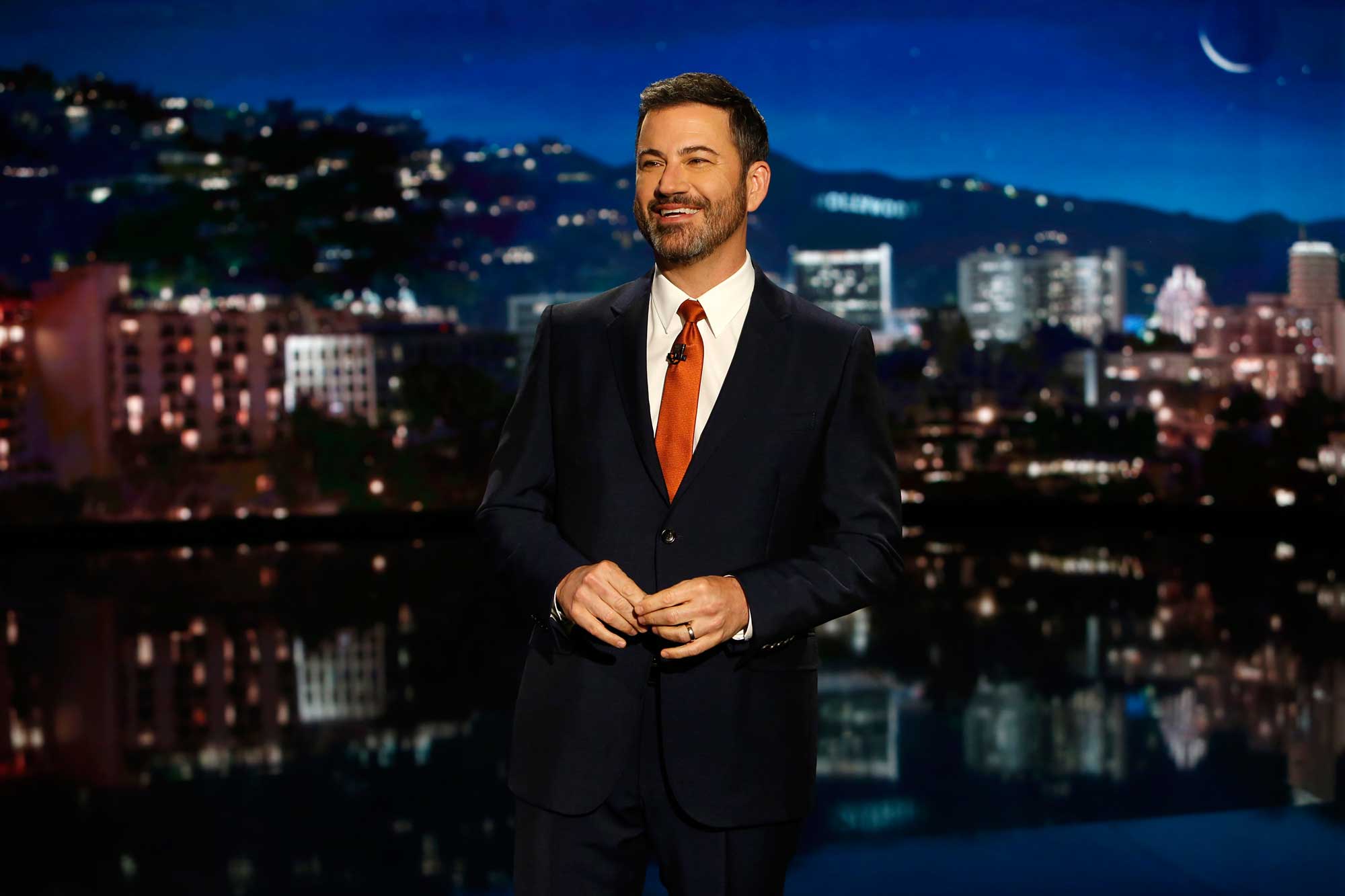
With the writers and actors strikes making original scripted entertainment content increasingly scarce, a larger share of ad dollars is going to repeat programming, according to Guideline, formerly known as Dreamscape, which bought spending trackers Standard Media Index and SQAD.
The strike first wiped out new episodes of late-night shows and soap operas. Now the networks are hoarding whatever scripted programming they have for the new television season in the fall.
Cord-cutting and plunging ratings were already cutting into spending on national broadcast and cable networks. Spending on new programming was down 13% in the first half of the year.
Spending on repeats held up better, dropping just 7%, Guideline said.
In June, the share of ad spending on new programming had its third-lowest month in nearly seven years, hitting 20.9%. That was a 10-percentage-point drop from May.
At the same time, repeat programming accounted for 79% of spending, its highest share since the pandemic, when production also was challenged.
In July and August 2020, when the pandemic was shutting down the country, new entertainment programming had an 18.5% share of ad dollars in July and 20.7% in August.
Over the past 6½ years, new entertainment programming has averaged a 41% share of ad spending, with re-runs garnering 59%, Guideline said.
“We can expect to see a shift in favor of upfront buying, but it may be less pronounced,“ Guideline VP, North America media owners Darrick Li said. “The strikes come at a time of historically lower new entertainment programming, and advertisers will want to have (more) flexibility to tap into unsold inventory and/or place their investments closer to the air date in order to mitigate risk tied to a short runway of new content.
“As a result, we may see media owners respond amicably, as this would give them a better understanding of the reach and target audience composition of their programming — which would ultimately be reflected in ‘scatter premium’ pricing,” he added.







